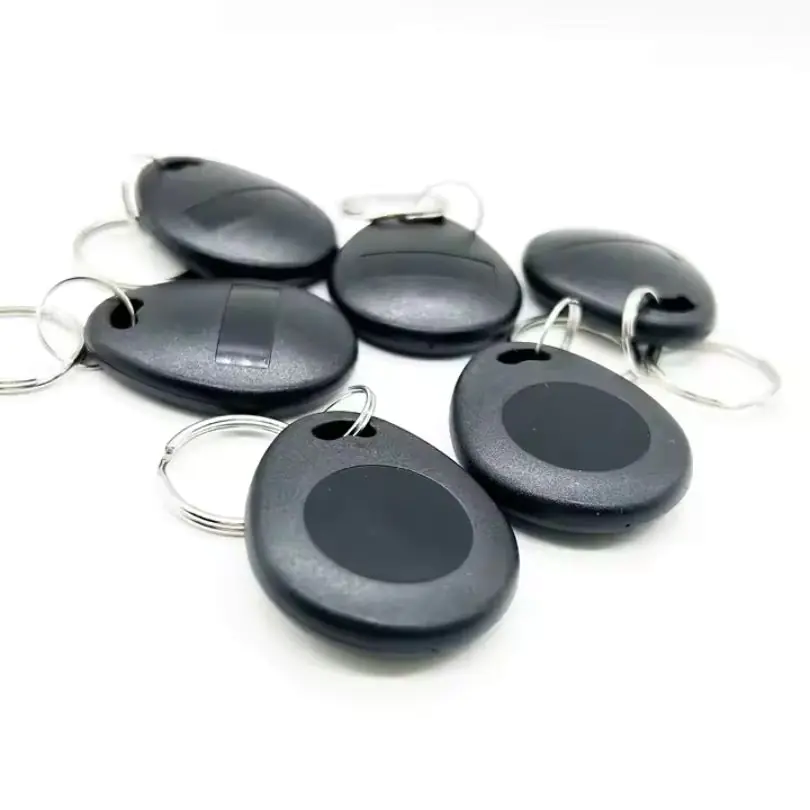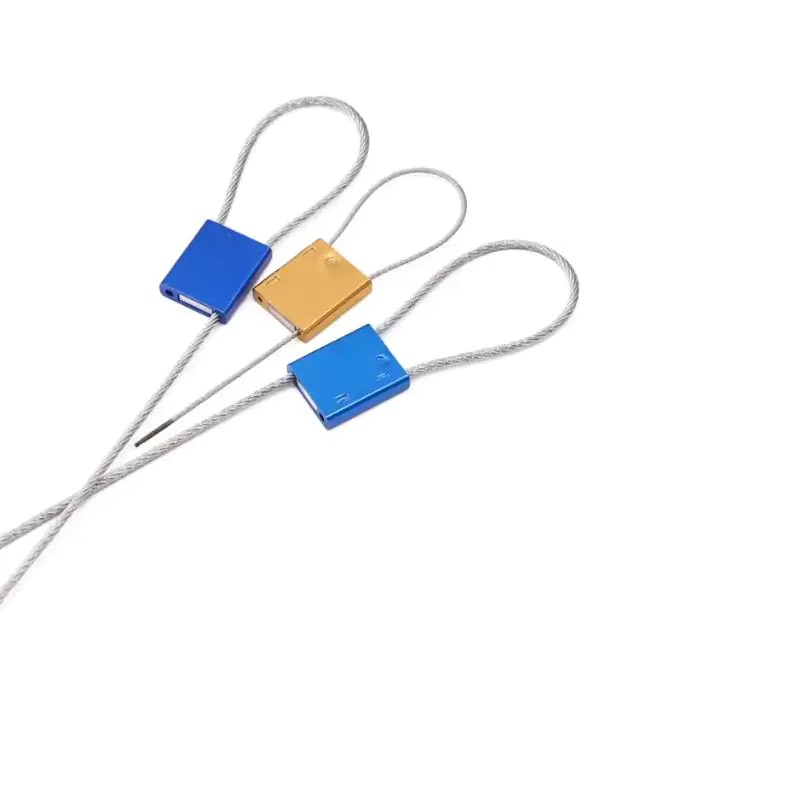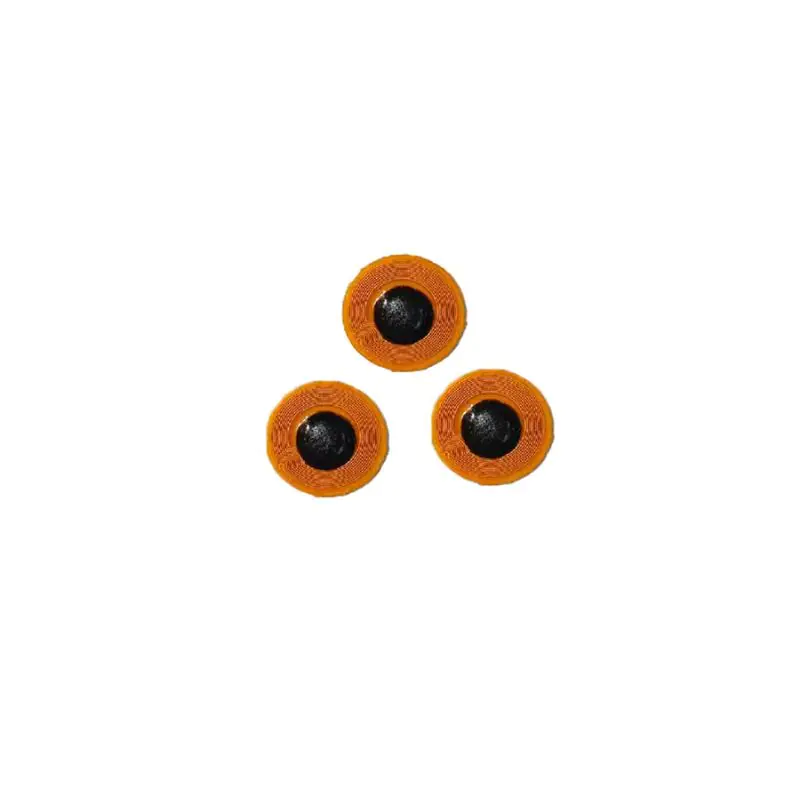
आरएफआईडी प्रौद्योगिकी के साथ कॉस्मेटिक खुदरा व्यापार को बढ़ावा देना
विषयसूची
How RFID Technology is Transforming the Cosmetic Retail Industry
RFID Technology: A Quick Overview
Radio Frequency Identification (RFID) is a wireless system that uses radio waves to identify and track items equipped with electronic tags. It includes:
आरएफआईडी टैग – Embedded into product packaging or labels
आरएफआईडी रीडर – Scan the tags from a distance
Backend database – Stores and processes collected data
This setup allows real-time tracking without manual steps, simplifies inventory, protects products, and enables automation. While widely used in logistics and retail, RFID is now gaining serious ground in cosmetics, addressing issues like product authenticity, supply chain visibility, and customer personalization.
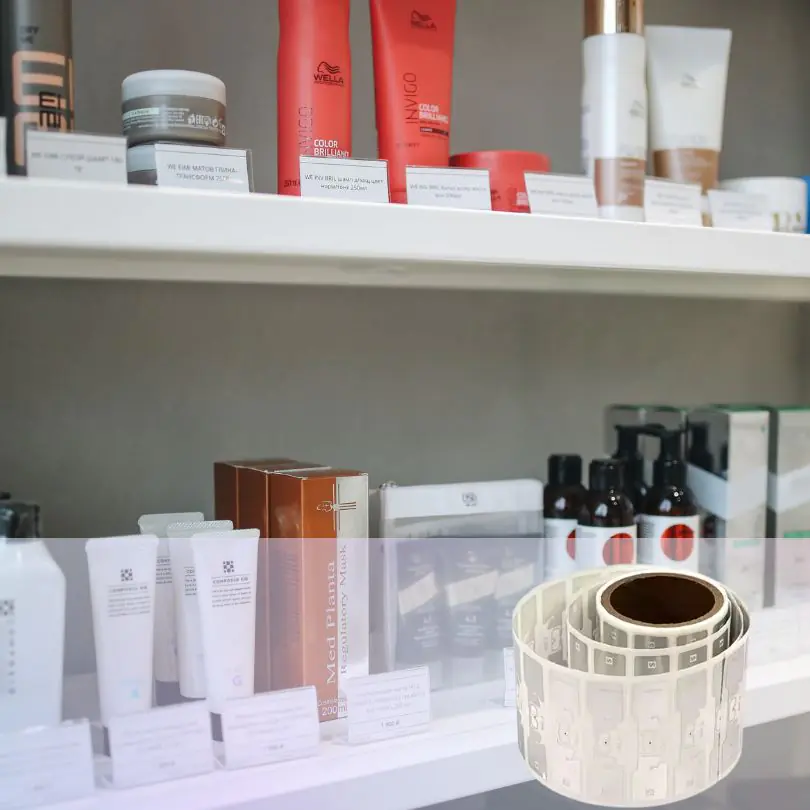
The Evolution of Beauty & Retail with RFID Technology
RFID began as a military technology during WWII, originally used to identify aircraft. Over time, this technology moved into the commercial sector, finding its place in logistics, warehousing, and general retail. Today, it’s making its mark in specialized fields, including the beauty and cosmetics industry.
The retail world started adopting RFID more widely in the early 2000s, but it was mainly large retailers with deep pockets that could afford it. Over the last decade, significant improvements have made RFID more accessible:
Lower costs of passive RFID tags – making it feasible to tag even low-cost beauty items
Smaller tag sizes – allowing tags to fit seamlessly onto small cosmetic packaging
Greater read ranges and durability – essential for busy store and warehouse environments
Cloud computing and 5G – enabling real-time data syncing across global operations
These advancements have helped retailers move from periodic inventory checks to always-on inventory visibility. For cosmetics brands, this means managing diverse product lines, tracking expiration-sensitive items, and personalizing experiences without adding extra work for store staff.
What was once a luxury for major chains is now a realistic tool for global and boutique beauty brands. RFID is no longer just about inventory—it’s about building smarter, more responsive beauty retail ecosystems.
Why Use Cosmetics Retail with RFID Technology?
The cosmetics sector is booming—driven by e-commerce, influencer marketing, and consumer demand for personalization. Whether you’re a legacy brand or an indie startup, you face the same pressures:
Keep shelves stocked
Stop counterfeit sales
Personalize the customer experience
RFID helps meet all these challenges while giving you a competitive edge.
Beauty products are often small, varied, and highly valued, making managing them complex. Traditional barcode systems can’t keep up with real-time demand or theft concerns, especially in high-traffic retail environments. RFID bridges this gap by offering seamless tracking from factory to point of sale while providing insights that help you forecast trends, reduce losses, and better serve your customers.
For instance, RFID can automatically monitor stock levels across all channels (online and offline), alert staff to restock fast-selling items, and even identify which products have been tested but not purchased—giving brands new ways to tailor marketing or layout design.
Beyond operations, RFID supports transparency, which matters more than ever to today’s conscious consumers. Tags can show product origins, ingredient details, and sustainability claims, helping brands build trust and loyalty in a competitive market.
Ultimately, RFID isn’t just about tech efficiency—it’s about future-proofing your beauty brand in a fast-moving, customer-driven landscape.
How RFID Enhances the Cosmetics Industry
Real Use Cases for Cosmetic Retail with RFID Technology
While RFID has long been used in fashion, it’s quickly gaining traction in beauty retail. Here are two real-world examples:
A global cosmetics retailer used RFID to integrate inventory across 200 stores, increasing their accuracy from 70% to 98%.
A luxury beauty brand deployed smart mirrors with RFID triggers in-store, resulting in a 30% increase in customer dwell time and a 15% boost in conversion rate.
Here’s a quick comparison of how RFID stacks up against traditional inventory methods in the cosmetics industry:
| विशेषता | Traditional Barcode Systems | आरएफआईडी सिस्टम |
| Scanning Method | दृष्टि रेखा आवश्यक | No line of sight needed |
| Inventory Check Time | Hours | Minutes |
| वास्तविक समय दृश्यता | नहीं | हाँ |
| Theft Prevention Capabilities | कम | High (with alerts & tracking) |
| Personalization Features | None | Yes (via smart displays & history) |
| Anti-Counterfeit Capabilities | सीमित | Strong (unique IDs & verification) |
| Automation Support | न्यूनतम | Extensive (audits, replenishment) |
RFID technology adds value at nearly every point of the beauty product lifecycle — from sourcing raw materials to enhancing customer experiences. Its real-time visibility and automation capabilities make it ideal for handling the unique challenges of the cosmetics sector, where product variety, shelf life, authenticity, and branding all play a role.
As with the wider retail environment, cosmetics retailers benefit from RFID through improved accuracy and visibility. These advantages directly support operational performance and profitability by:
- Increase Inventory Visibility – RFID systems provide near-instant product location and count updates. This is crucial for stocking store shelves, reducing fulfillment delays, and aligning supply with consumer demand. Inaccurate inventory numbers often lead to missed sales or costly overstocking.
- Monitor Trends & Prevent Out-of-Stocks – RFID-based inventory systems can detect which products are trending and flag early surges in demand. According to Avery Dennison, beauty shoppers are less likely to switch brands or colors if their preferred item is out of stock — meaning lost sales are harder to recover. Early visibility into demand spikes allows faster restocking.
- Reduce Theft—Each product carries a unique RFID identifier that allows stores to achieve item-level visibility. Data from RFID scans helps identify theft-prone areas or products, supporting smarter loss prevention strategies.
- Decrease Shrinkage – Similar to theft reduction, RFID data across the supply chain can highlight weak spots in handling, shipping, or stocking, reducing unexplained product losses.
- Shorten Lead Times—RFID helps brands and suppliers respond more quickly to demand by improving communication and accuracy in inventory reports. Shorter lead times mean faster store replenishment and better responsiveness to online orders.
Here’s how RFID supports each area of operations and customer engagement:
1. Supply Chain Management
- Real-time Product Tracking – RFID tags allow continuous visibility across the supply chain, from raw materials to retail shelves.
- Streamlined Global Logistics – Automatically track shipments across borders to minimize delays and errors.
- Automated Inventory Audits – Entire shipments or stock rooms can be scanned in seconds, reducing labor and mistakes.
2. Inventory Optimization and Management
- Real-Time Stock Monitoring – Track every SKU in real time across all locations.
- Automated Replenishment – Set inventory thresholds that trigger automatic reorder notifications.
- In-store efficiency – Employees use handheld readers to restock or locate items quickly.
3. Brand Protection and Anti-Counterfeiting
- उत्पाद प्रमाणीकरण – Secure, serialized RFID tags verify authenticity instantly.
- Prevent Gray Market Sales – Trace products to confirm they were sold through authorized retailers.
4. Personalized Shopping Experience
- Smart Displays & Mirrors – RFID-triggered displays show tutorials or suggest related products.
- Custom Product Suggestions – Analyze purchase behavior to recommend relevant products in-store or online.
5. Loss Prevention and Shrinkage Reduction
- Real-Time Theft Alerts – Staff are notified instantly if tagged items leave without checkout.
- Shrinkage Analytics – RFID data pinpoints theft trends by product type or store location.
6. Consumer Trust and Brand Loyalty
- Transparent Product Info – Customers can scan tags to view ingredients, sourcing, or sustainability claims.
- Loyalty Program Integration – RFID helps track purchases for reward points and personalized offers.
Implementing RFID in the Cosmetics Industry
Rolling out RFID in the cosmetics sector isn’t just about adding tech — it’s about rethinking how your products move, data flows, and customers engage.
Here’s how to implement RFID step by step:
Step 1: Define Objectives.
Clarify what you’re solving for. Do you need tighter stock control? Are counterfeits a growing problem? Do you want to upgrade customer experience? Defining clear goals will guide the right technology choices.
Step 2: Select RFID
TechChoose the right type of RFID tag (HF or UHF) depending on your products’ material (e.g., glass bottles, plastic tubes, metal compacts). Consider tag size, adhesive strength, and how visible (or hidden) the tag should be. Evaluate reader options based on store layout, warehouse design, and read distance.
Step 3: Pilot & TestStart small.
Select and test a few SKUs in one store or distribution center. This will help identify tag placement issues, staff workflow challenges, and system integrations that need tweaking. Make sure your POS, ERP, and inventory systems can sync data from RFID readers.
Step 4: Full Deployment
Scale the system across departments or stores. Thoroughly train staff, especially on using handheld readers and managing alerts. Ensure all components—tags, readers, and software—work together smoothly.
Step 5: Analyze ROI
After deployment, measure the impact on inventory accuracy, shrinkage reduction, restock speed, sales uplift, and labor hours saved. RFID has upfront costs, but when used right, it delivers long-term financial and operational gains.
Step 6: Monitor and Optimize.
Use the data. RFID gives you powerful visibility, so monitor usage patterns, test new features, and continuously improve how RFID supports your operations. Stay updated with tech advancements and adapt your system over time.
Whether you’re outfitting a warehouse, launching RFID-enabled product packaging, or creating interactive in-store experiences, implementation should be planned and phased for maximum impact.
Future Trends for Cosmetic Retail in RFID Technology
As technology evolves, RFID in the beauty and cosmetics industry moves from basic tracking to deep, data-driven innovation. Here are the key trends shaping the future:
1. RFID + Artificial Intelligence (AI): Expect smarter product recommendations and trend forecasting. RFID data feeds AI systems that analyze what products are selling, when, and where—enabling hyper-personalized marketing and real-time merchandising adjustments.
2. Sustainable Packaging Integration: More beauty brands embed RFID into eco-friendly packaging to support recycling programs and verify ethical sourcing. RFID makes tracking the lifecycle of products and packaging easier, aligning with rising consumer demand for transparency.
3. Dynamic Store Layout: With RFID data on foot traffic and product interaction, stores can optimize shelf placement and promotional displays. Some retailers are testing layouts that automatically adapt based on which products are picked up most often.
4. Touchless and Personalized In-Store Experiences: Smart mirrors, voice-guided shopping, and RFID-enabled skin scanners will personalize experiences without physical contact, which is important for post-pandemic retail environments.
5. Blockchain-RFID Integration for Authentication: Combining RFID tags with blockchain platforms allows for tamper-proof product verification. This is especially useful in luxury cosmetics, where counterfeit goods are a growing issue.
6. Cloud-Based RFID Management: Expect wider adoption of cloud-native RFID systems that allow beauty brands to access, share, and act on inventory and performance data across global teams in real time.
As consumer behavior shifts and retail tech matures, RFID becomes a foundational digital transformation layer. For cosmetic brands, following these trends means staying one step ahead in an increasingly competitive space.
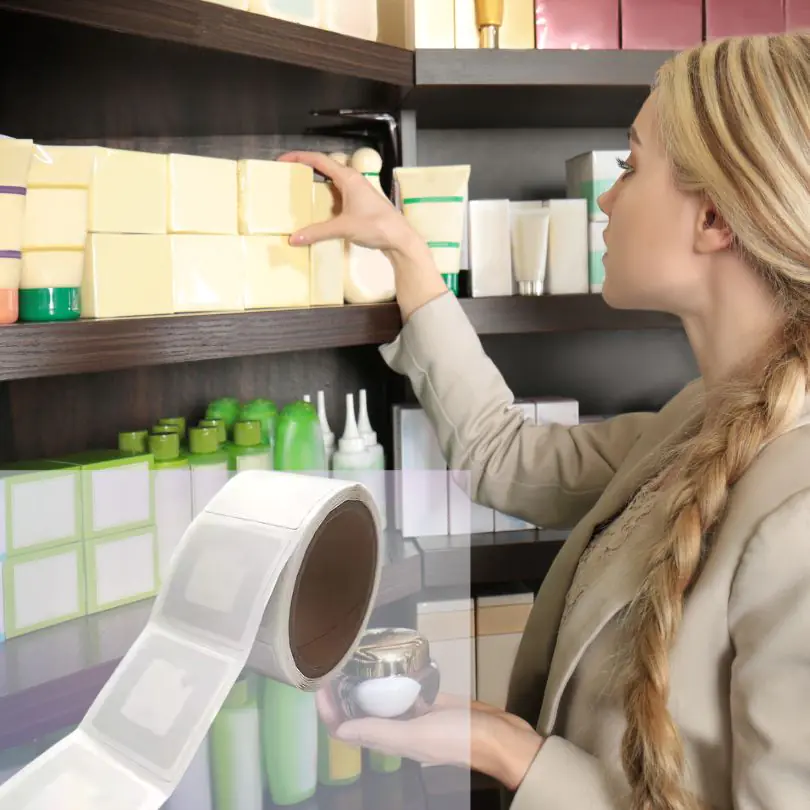
Frequently Asked Questions (FAQs) About RFID in Cosmetic Retail
1. Can RFID tags be used on all types of cosmetic packaging?
Yes. RFID tags come in different shapes and sizes, making them adaptable to glass, plastic, metal, and even eco-friendly packaging.
2. Will RFID tags affect the look or design of my beauty packaging?
No. Tags can be embedded discreetly inside or behind labels, making them nearly invisible to consumers while fully functional.
3. Are RFID systems difficult to implement in existing retail stores?
Not necessarily. Many RFID providers offer scalable solutions that can start small with pilot testing and expand gradually. Integration with existing systems is often possible with minimal disruption.
4. How secure is RFID technology against cloning or tampering?
High-frequency and UHF RFID tags used in retail can be encrypted and have unique serial numbers, making them hard to duplicate. Some can also be paired with blockchain for extra security.
5.Can RFID help with sustainability goals?
Absolutely. RFID supports waste reduction by improving stock accuracy, reducing overproduction, and enabling traceability for sustainable sourcing and recycling efforts.
Conclusion: RFID Is Redefining the Future of Beauty Retail
RFID helps cosmetic brands:
Improve supply chain visibility
Stop product counterfeiting
Deliver personalized, tech-powered shopping
In a market where speed, authenticity, and experience matter, RFID isn’t just useful—it’s essential.
Explore RFID Solutions for Your Cosmetics Brand
At JIARFIDTAG, we offer:
Custom RFID tags for cosmetics
Reader hardware and systems
Integration support for your stores and supply chain
👉 आज ही हमसे संपर्क करें to request samples or book a consultation tailored to your business needs.
टिप्पणियाँ
गर्म उत्पाद

RFID Laundry Tag Guide 2025: Smarter Tracking, Less Waste, and Real Results
Did you know that smart RFID systems can reduce laundry losses by up to 95%? That’s a game-changer for laundry businesses that lose time and money tracking items manually.
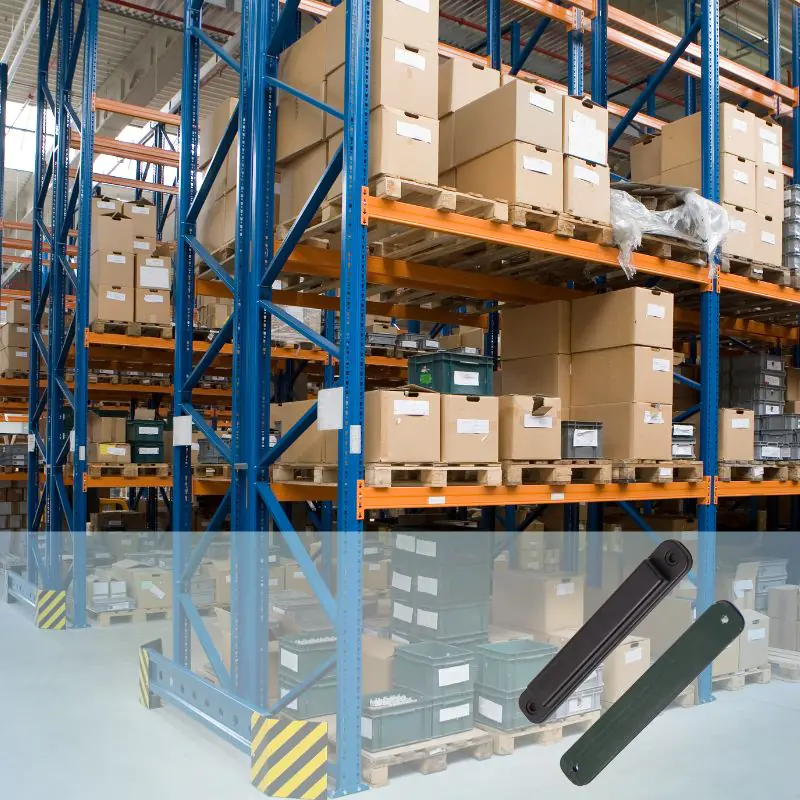
How RFID Tags for Pallet Streamline Tracking in Warehouses
Pallet-level tracking is critical for inventory accuracy, operational efficiency, and real-time visibility in today’s fast-paced logistics and supply chain environments.
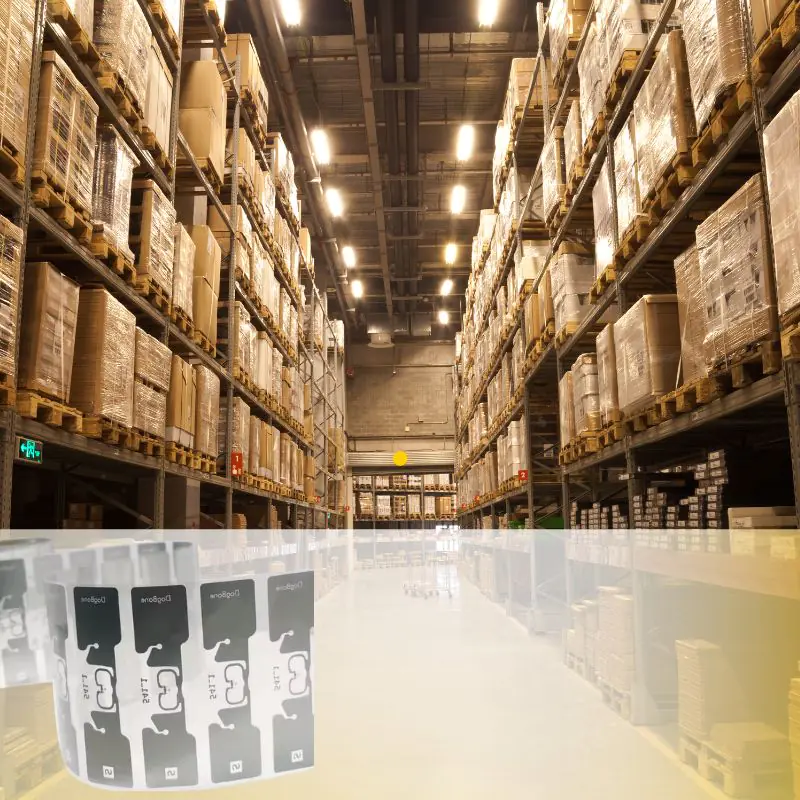
Top 5 Types RFID Tag for Warehouse Automation
Warehouse operations are becoming more complex, and manual tracking methods can’t keep up. RFID tags for warehouse automation enable real-time data capture, faster inventory processing, and better traceability.

RFID Smart License Plates Help Hengshui to Track The E-Bikes
As urbanization accelerates and the green travel movement gains momentum, electric bicycles have become vital to daily commuting in Hengshui, Henan Province.

पीसीबी टैग क्या है?
जानें कि कैसे नवीन टैग और आरएफआईडी समाधान खुदरा और रसद से लेकर स्वास्थ्य सेवा और शिक्षा तक के उद्योगों को बदल देते हैं।
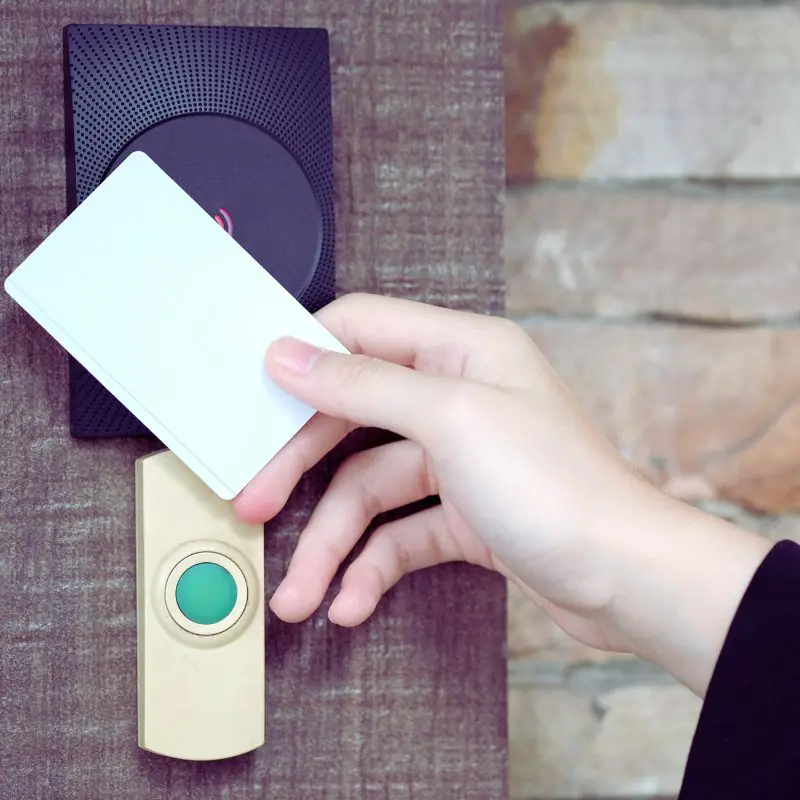
आरएफआईडी बनाम एनएफसी: आरएफआईडी और एनएफसी के बीच मुख्य अंतर
यह लेख RFID और NFC के बीच अंतरों का पता लगाता है, जो व्यावसायिक परिचालन में क्रांति लाने वाली दो प्रौद्योगिकियां हैं।
टैग
संबंधित ब्लॉग

RFID Laundry Tag Guide 2025: Smarter Tracking, Less Waste, and Real Results
Did you know that smart RFID systems can reduce laundry losses by up to 95%? That’s a game-changer for laundry businesses that lose time and money tracking items manually.

How RFID Tags for Pallet Streamline Tracking in Warehouses
Pallet-level tracking is critical for inventory accuracy, operational efficiency, and real-time visibility in today’s fast-paced logistics and supply chain environments.

Top 5 Types RFID Tag for Warehouse Automation
Warehouse operations are becoming more complex, and manual tracking methods can’t keep up. RFID tags for warehouse automation enable real-time data capture, faster inventory processing, and better traceability.

